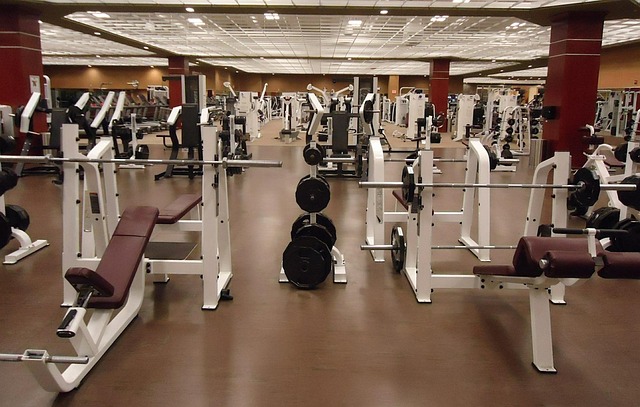Safety is a top priority in any environment where physical activity takes place, particularly in gyms and schools where students and athletes are frequently engaged in sports and other physical exercises. One essential safety measure that is often overlooked is the use of wall padding. These padded surfaces play a crucial role in preventing injuries and creating a safer environment for everyone involved, from young children participating in PE classes to high-level athletes training intensely. Here’s why padding is a must-have for gyms and schools.

The Role of Padding in Injury Prevention
When you think of sports-related injuries, your mind might immediately go to sprained ankles, broken bones, or concussions resulting from falls or collisions. While these injuries are common, another serious risk is the impact that can occur when someone crashes into a wall during play. Whether it’s a basketball player driving toward the hoop, a gymnast tumbling out of control, or a young child simply losing balance, walls pose a significant hazard if they are not properly cushioned.
This is where wall padding comes into play. Designed to absorb impact and reduce the force felt by an individual upon collision, these pads can dramatically reduce the severity of injuries. The cushioning provided by the pads helps to prevent serious injuries like head trauma, fractures, and bruises, making it an indispensable safety feature in areas where physical activity occurs regularly.
Creating a Safe Environment for Learning and Play
In schools, physical education is an integral part of the curriculum, promoting health, teamwork, and physical fitness. However, ensuring that students can participate safely is just as important as the activities themselves. Gymnasiums, multi-purpose rooms, and even hallways are places where accidents can happen, especially when young students are involved.
Wall padding contributes to creating a safer environment for these activities. By covering hard surfaces that could cause injury, it allows children to engage in sports and play with greater freedom and confidence. This not only helps in reducing the risk of injury but also encourages more active participation from students who might otherwise be hesitant to get involved due to fear of getting hurt.
For schools, investing in padding is an investment in the well-being of their students. It demonstrates a commitment to providing a safe space for physical development and education, where students can learn and grow without unnecessary risks. Moreover, it reassures parents that their children are protected while at school, which can increase overall satisfaction and trust in the institution.
Supporting High-Intensity Training in Gyms
For gyms, particularly those that host contact sports like martial arts, boxing, or basketball, the intensity of the training sessions means that the risk of impact injuries is higher. Athletes are constantly pushing their limits, which can sometimes result in losing control and colliding with walls. Without proper padding, these collisions can lead to serious injuries that not only sideline athletes but also potentially have long-term health implications.
Padding in gyms serves as a protective barrier, allowing athletes to train harder and with more confidence. Knowing that the environment is designed with their safety in mind enables them to focus more on their performance and less on the potential dangers around them. This focus can lead to better training outcomes and a reduced incidence of injury-related downtime.
Long-Term Benefits of Padding
While the immediate safety benefits of wall padding are clear, there are also long-term advantages to consider. For both schools and gyms, fewer injuries mean fewer disruptions to activities, classes, or training sessions. This continuity is important for maintaining the momentum of physical education programs or athletic training routines, which can be derailed by frequent accidents.
Moreover, by reducing the likelihood of injuries, institutions may also lower their liability risks. In environments where physical activity is encouraged or required, the potential for injury-related lawsuits is always present. Having comprehensive safety measures like padding in place can provide legal protection by demonstrating that reasonable precautions have been taken to prevent accidents.